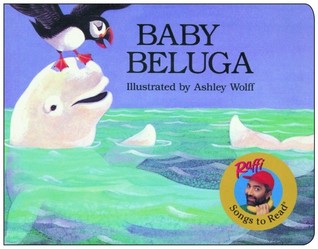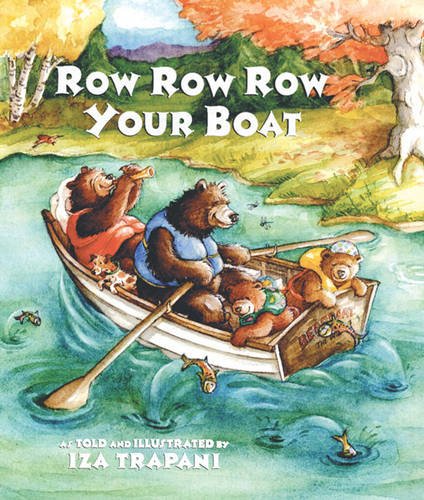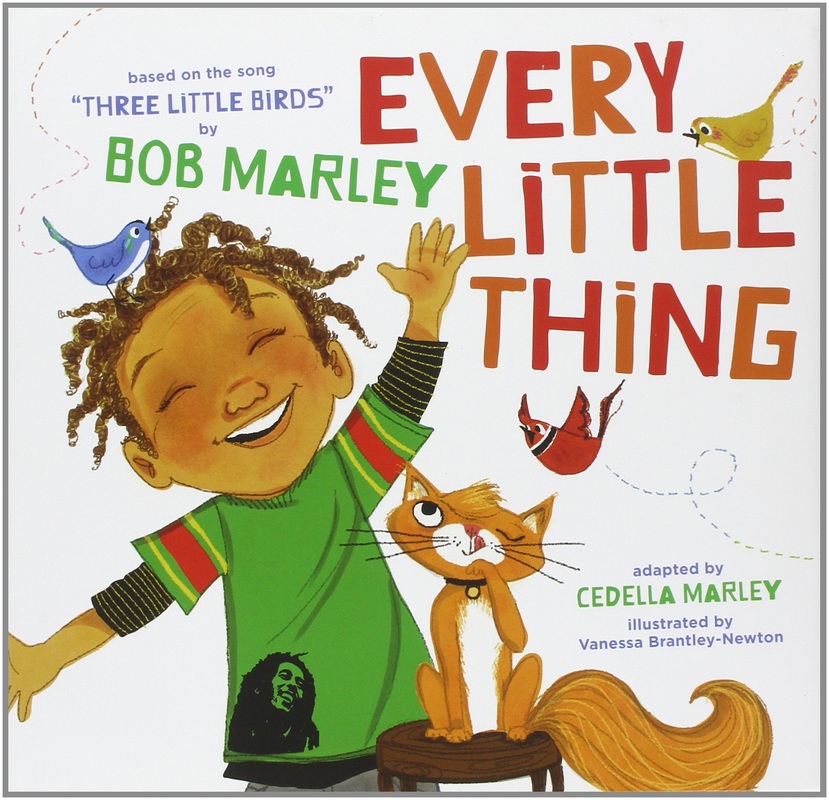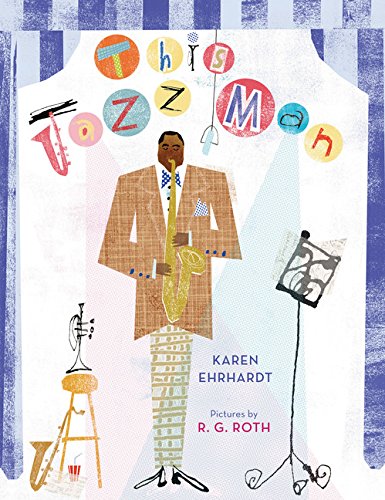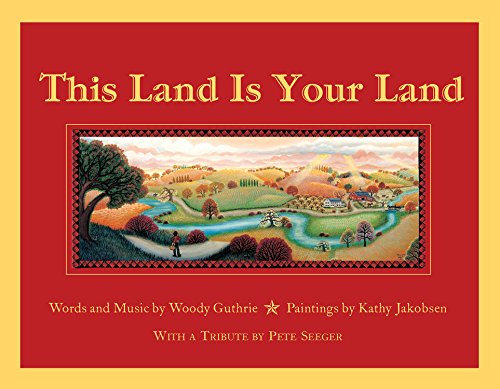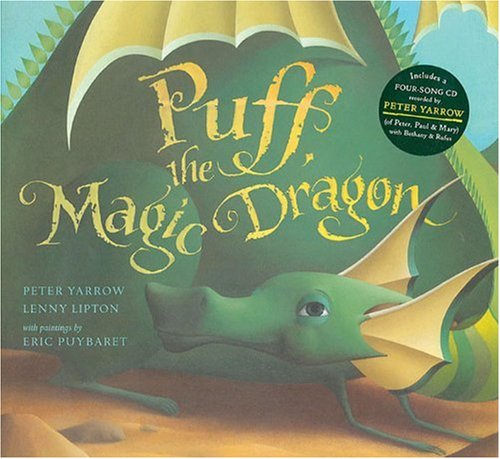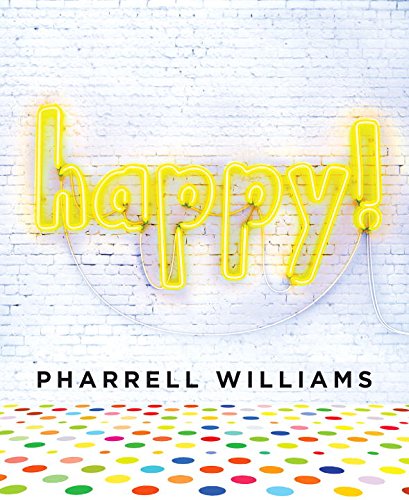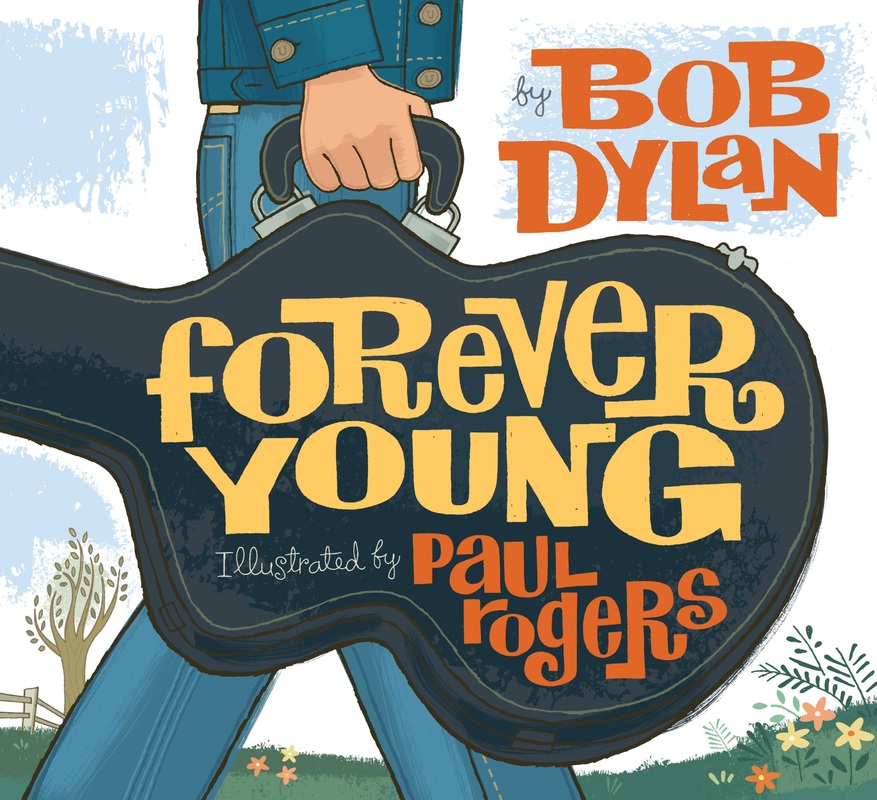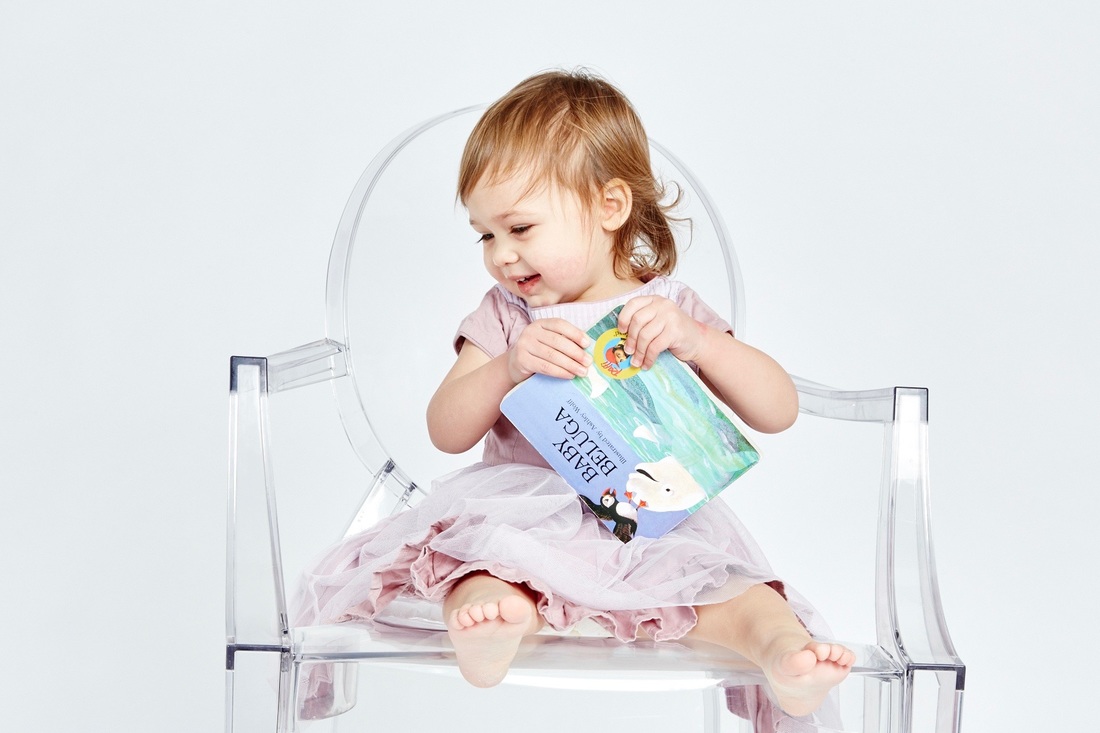
Photo Credit: Lori Cannava
I was reminded of this tip tonight. After I our little girl climbed into bed and was situated with her millions of stuffed animals and tucked in just right, and I left her to slumber, I heard her over the monitor, "I need a lullaby."
So, I went back to her room and sang her a song.
Singing and reading are a lot alike. Even for big kids.
It's calming. It's lyrical. It has cadence. It has meaning. It helps make meaning. It's expressive.
Singing is after all, is reading with a tune.
So, I went back to her room and sang her a song.
Singing and reading are a lot alike. Even for big kids.
It's calming. It's lyrical. It has cadence. It has meaning. It helps make meaning. It's expressive.
Singing is after all, is reading with a tune.
And so much more! Singing offers a chance at learning language in a fun way - learning rhymes, metaphors, similes, alliteration. Here's the catch - this affects reading more if you're tracking the words while you're singing. In other words, have the lyrics handy and read them while you're singing or listening to the song.
There are even studies to show that regular, repeated singing and reading of songs increased reading comprehension for middle schoolers. They increased their comprehension an average of 7 months' worth of reading progress in just 9 weeks. That's incredible, even as small studies.
It makes sense - just like jokes can help with our fluency, so can singing. There is phrasing in singing, meaning in singing and that comes through in the right singing of the song.
Using songs to help reading is legit.
As a parent, I'm finding so much joy in sharing some of my favorite songs with Liliana. It's making me a better parent - and don't we all need that confidence boost sometimes? So, you don't have to share the songs listed below (these are just examples), but you might try sharing your favorite song with your kid and go from there.
For Babies through Preschoolers
For the littlest of littles, your songs should be full of rhymes, repeated phrases and your lyrics need to be in beautiful book form. These books might be used in a school setting, but they really shine as one-on-one books. When your kid is in the toddler stage, you can start to point to the words as you sing them. That will help them track the words to the song better.
Here are a few of our absolute favorites:
Here are a few of our absolute favorites:
| As noted in our Books that Sing post, Raffi has a special place in our hearts. I consider this to be the best of the Raffi books. The pictures are really colorful and you get to see lots of animals. |
| I remember a friend singing a verse past the regular Row, Row, Row Your Boat we all know and was floored. What?! There are more verses?! In this book, there are. She showed them to me. It's cute, it's fun and it's an easy song to sing. Win! |
| A classic song by a classic artist. This is a good mix-it-up from the regular little kids rhyming songs to sing with your kids. The underwater theme is executed beautifully by illustrator Ben Cort. There is a CD included with this book which is the recorded Octopus's Garden and Ringo "reading" it aloud afterward. Need a refresher on the song tune? Watch the YouTube video for the book or Ringo's own promotion for the book (it's cute). |
For Younger Elementary School Students
You can up the ante here with more sophisticated lyrics. You can still include rhymes (because that's fun!) and books are a great option for read/sing alouds. Here are a few elementary aged favorites:
| Have a worrier? This is a book for you. The classic song is easy to sing, the illustrations are beautiful and the book has a reassuring message. It's useful to sing when you have young kids who are worried or can't see past their anger/sadness/big emotions. If they can connect it with you singing to them while reading the book, it will work all the better. |
| We were introduced to this book during a kids' Jazz class. This book is fantastic for introducing jazz concepts. Also great for introducing different types of jazz and the instruments used for jazz. I can't say enough great things about this book. A great companion to this book is What a Wonderful World. It is beautifully illustrated. |
| I had a teacher in 3rd Grade, Mrs. Hayden, who had us sing this song every morning. We came in, said the Pledge of Allegiance and then sang this song. It would have been nice to have pictures to go along with it! Woody Guthrie is a legend and you could talk about what it means to say, "This land is your land, this land is my land." Need a refresher on this song? Watch a video with Pete Seeger singing to the turning pages of this book. |
For Upper Elementary and Middle School Students
The best songs to use with this age group, really, are their favorite songs. But, in case you're looking for picture books and songs that have higher meanings and more sophisticated wording, here are a couple. The picture books would be helpful for the struggling readers in this set. Otherwise, the books themselves are not needed. Although, I do like Happy anyway!
For these older generation songs, you'll definitely want lyrics handy for your older kid to look at.
These songs were all popular in their own rite and could lead to larger societal discussions. On a literacy note, you might ask older kids to analyze whether the illustrations add meaning to the song or if they detract from listening to the song's overall meaning.
For these older generation songs, you'll definitely want lyrics handy for your older kid to look at.
These songs were all popular in their own rite and could lead to larger societal discussions. On a literacy note, you might ask older kids to analyze whether the illustrations add meaning to the song or if they detract from listening to the song's overall meaning.
| If you have an older kid who likes this kind of music or you want to introduce it, you can talk about the writing of the song. It's an ode to an earlier poem and you could use this as a comparison to the original poem, "The Tale of Custard the Dragon." It's worth noting, that the song lyrics were actually written by a 19 year old college student (not Peter, Paul and Mary). The writer and Peter, Paul and Mary have consistently denied its supposed relationship to drugs. |
| The song is great but looking at the lyrics are even better. And watching little kids question Pharrell about the book provides insight into Pharrell's mind. It's a nice way to see how an artist analyzes his own work. And that you should. You should consider audience when creating something. You can watch an interview with Pharrell about the book. The interview is with younger kids, but you could analyze it with bigger kids, definitely. And some of the questions are pointed and some are just funny. |
| I'm ending with my favorite of them all. In fact, I've been listening to different covers of this song and each one sounds totally different and seem to bring their own meaning to the original lyrics. Again, you could probably just print out the lyrics for your kids on this one. But sometimes it's nice to have the picture book. If you like Bob Dylan, than this book is a good addition to your collection. I will say, the book is pretty cool because the back pages explain all the references throughout the book - to Woody Guthrie, books he considers greats and other Dylan facts. Listening to different people cover this song is a good way to talk about the different expressions you hear when different voices are reading the song. Or, the different environments. When Bob Dylan sings it about his kids, it's different than Norah Jones singing it at Steve Jobs' funeral. Or when it's used on a TV theme song (Parenthood). Rod Stewart's, Forever Young, was deemed close enough to Bob Dylan's lyrics and tune, that Rod Stewart shared royalties on his song with Bob Dylan. You might compare the two and pose the ethical questions surrounding it. Or talk about imitation being flattery versus stealing. Bob Dylan is an icon and you could also use this song to springboard into a time in history when music, social unrest and activism went together. |
Use the songs your kids are interested in or the ones above or your personal favorites. Just have the lyrics in hand. Even if the songs your kids contain offensive lyrics - try it anyway. It's still poetry set to a tune or beat.
Enjoy!
In case you'd like to read further, here are two of the sources used to support this post:
Biggs, M., Homan, S., Dedrick, R., & Rasinski, T. (2008). Using an interactive singing software program: A comparative study of middle school struggling readers. Reading Psychology, An International Quarterly, 29(3), 195–213.
Iwasaki, B., Rasinski, T., Yildirim, K., Zimmerman, B. (2013). Let's Bring Back the Magic of Song for Teaching Reading. The Reading Teacher, 67(2), 137-141.

